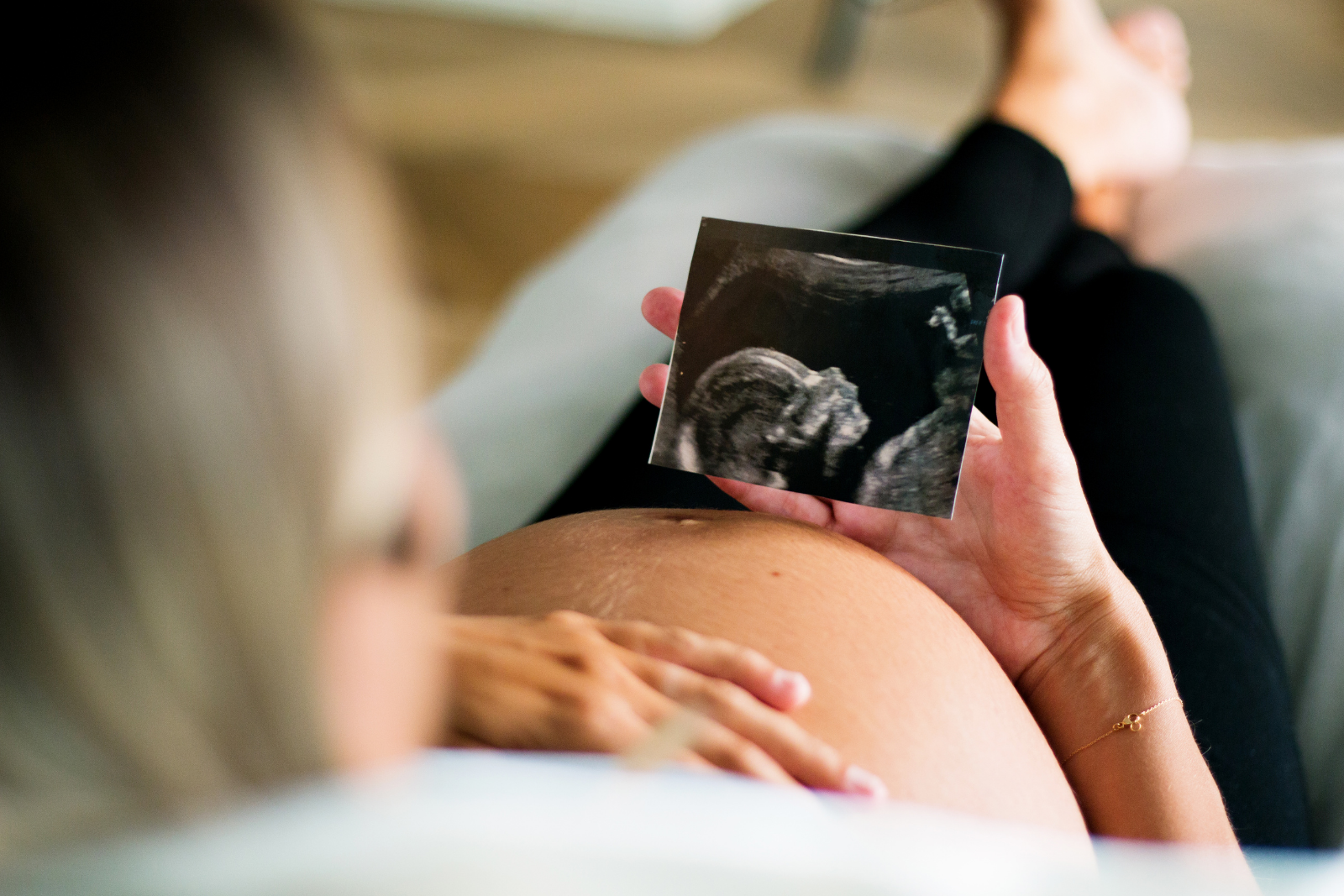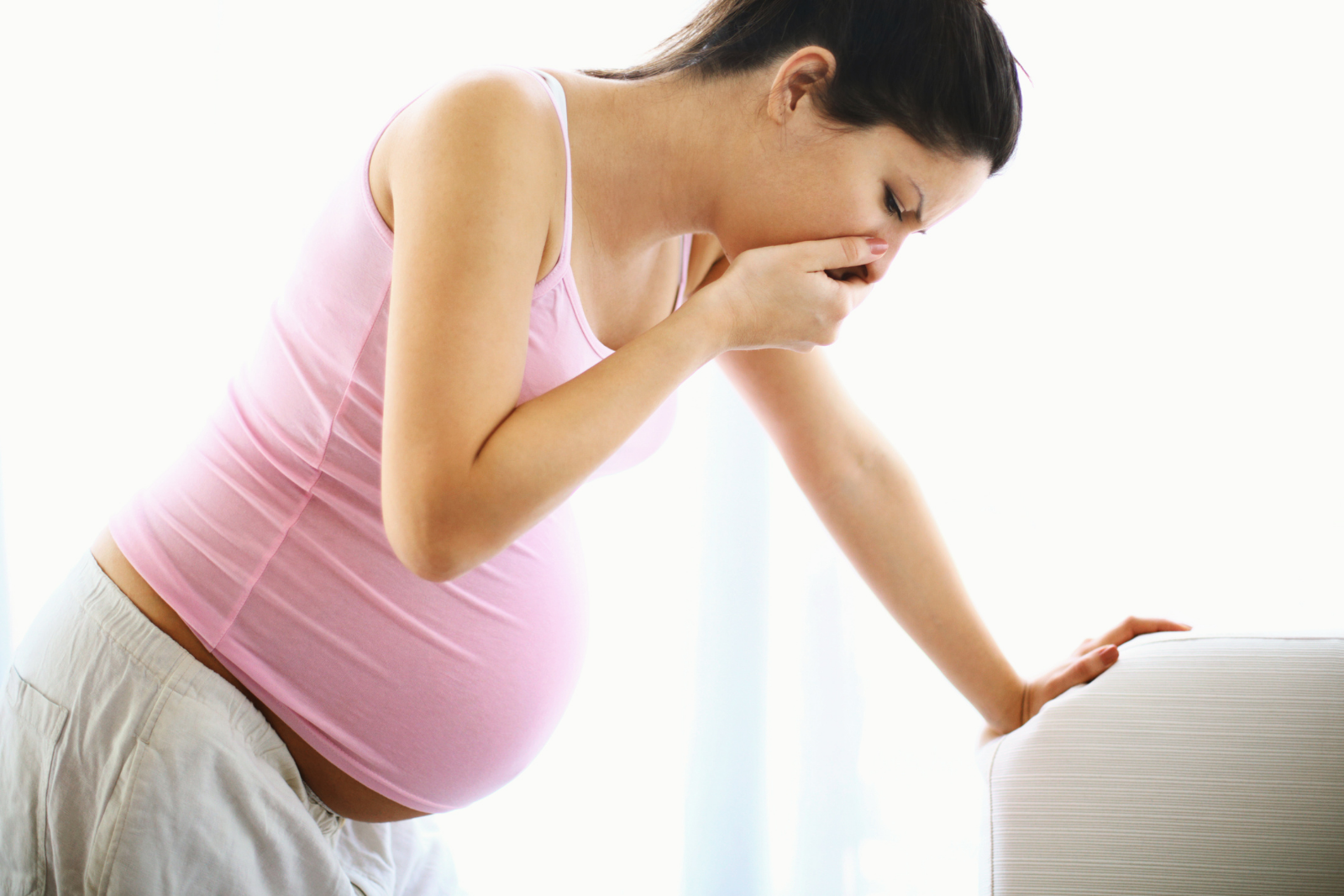The ‘Non Invasive Prenatal Testing’ or NIPT is a screening test similar to the first trimester blood test ultrasound that measures the nuchal translucency thickness.
These tests give parents a risk estimate; from that, you must then decide whether you want to proceed with a risky invasive procedure such as amniocentesis, a test which samples the fluid in the womb.
When it comes to Down syndrome testing, the ‘gold standard’ is amniocentesis, an invasive procedure that samples the fluid in the womb.
The NIPT, developed in the United States, is 99 per cent accurate compared to 85-95 per cent for the traditional screening options. However it is important to remember that there are false positives (ie babies who do not have an abnormality that tests positive and false negatives (ie babies who have a chromosomal abnormality that tests negative) At this stage the POGS doctors recommend the first trimester screening to their patients and discuss the NIPT as an optional test with them. It is also helpful where the first trimester screening test is borderline.
A bonus for lots of expectant parents is that the test can be done at 10 weeks gestation, and you can find out the sex of your baby. A lot of mums love not having to wait until their 20 week scan to know the gender of her child. Unlike an ultrasound where there is still some uncertainty about if you are having a boy or a girl, this test eliminates that.
It is important to be aware that the test doesn’t eliminate all risks, but it does reduce the need for invasive procedures such as amniocentesis and the bonus is you can start designing the nursery earlier!
Call POGS on (08) 6270 0123 or email: reception@pogs.com.au if you need to make an appointment.
















